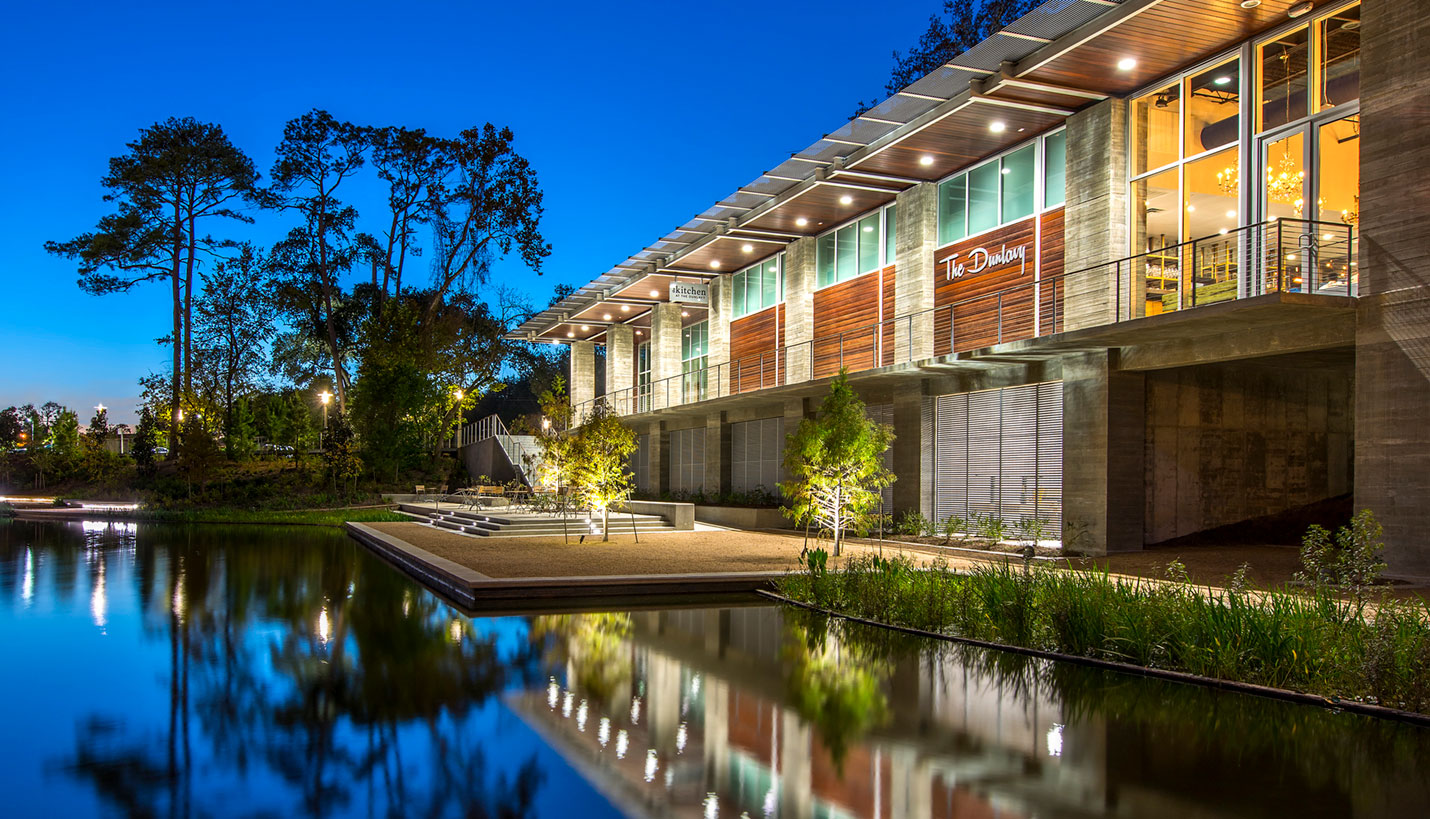

Resiliency In Our Work
As co-chair of the AIA’s Houston Urban Design Committee, Page Principal John Clegg joined NPR’s Houston Matters to discuss Flooding and Storm Surge Symposium and the role design plays in flooding and storm surges. The irony that the symposium was canceled the next day due to flooding was not lost on us; it only highlights the importance of resiliency in our work.
While we know 100-year floods can happen more than once a century, they are statistically becoming more common. Houston has seen a 167% increase in these one percent events since the 1950s, one of the fastest escalations anywhere in the country. If the increase in heavy rain events is a byproduct of climate change, this upward trend will not be retreating any time soon.
While we cannot directly prevent these extreme weather events from occurring, as designers of the built environment and stewards of our client’s investment, we can seek to create sites, buildings and communities that more quickly bounce back the in the face of such crises and disasters.
This week when the Buffalo Bayou height increased 18 feet in just four hours, we knew our projects along the Bayou would be okay. Utilizing SWA Group’s planting strategy and stabilization techniques in the park along with our elevated structures, appropriate programming, permeable hardscapes, and integrated storm water management, the Buffalo Bayou Park and Architecture withstood the rising water levels and were back to use the next day.
As design partners on more than two dozen U.S. embassy and consular projects, integrated resiliency is non-negotiable for the State Department. Most projects collect, treat and reuse all of their own water onsite and minimize the amount of energy required so that a larger percentage of the critical power needed can come from onsite renewable sources. These strategies make them more prepared for whatever crises these overseas operations may face.
Even for our projects not located on vulnerable sites, issues of resiliency impact our building massing, orientation, programming, system design and potential to reduce insurance premiums for our clients. We seek to use daylight for a large portion of usable light, reduce potable water through fixture selection and specify products that will not off gas or leach hazardous substances in the event of fires. We try to fit our projects into their communities to encourage economic resiliency and support the local neighborhoods through community function spaces, playing fields and emergency shelters.
As the waters recede in the Bayou City, our motivation is elevated. We will continue to work with partners to create a built environments that adapt, bounce back and are prepared for whatever mother nature sends our way.
01/19/2017
People
Related Posts
- Integrating Resilience Into University Campus Planning
- Protecting San Francisco’s Trees
- Plan for OSU-Cascades Heads to City of Bend for Review
- The Proven Value of Resilient Design
- Designing A Resilient Future
- Restoring Workplace Functionality After A Disaster
- Operational Wellness








